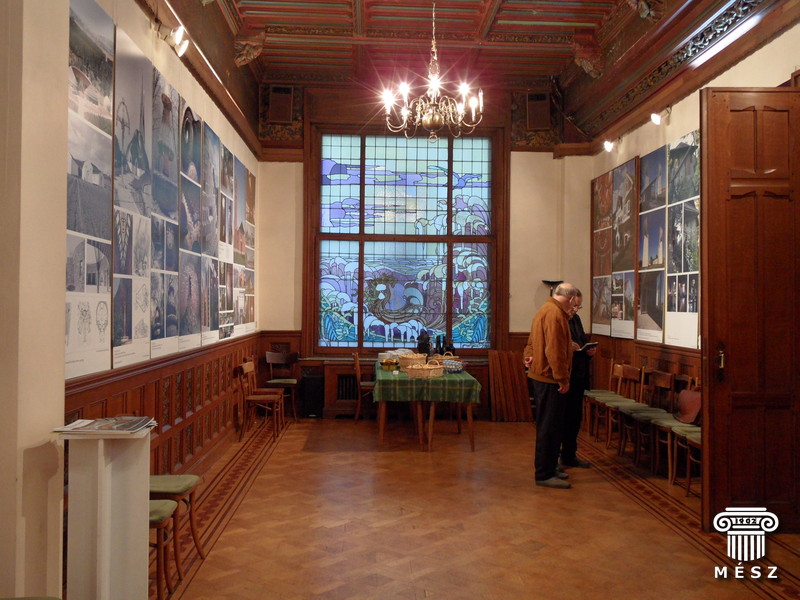New Ornament and Organic Architecture
Contemporary Hungarian Architecture Exhibition
Brussels, Hungarian House, November 2010
In the 19th century, paralel with the modern movement, ornamentalism has reached the focus of the interest of theory. Karl Bötticher and Gottfried Semper has build their theory primarily on tectonic and decoration.
The dispute reached the Hungarian Art Novou when Ödön Lechner criticied Otto Wagner and the Austrian seccession movement during his visit to Budapest. The Hungarian national style reached a special status in the context of the national independence, carrying a role beyond culture.
At this time -in 1902- Ödön Lechner and his piers established the Association of Hungarian Architects and next year the magazin with the name “Hungarian Architecture.”
Last year as the editors of Hungarian Architecture we prepared a thematic issue of the magazine, dealing with contemporary architecture and new-ornamentalism. This issue was the basis of the exhibition organized in the Hungarian Institute in Paris on 15 March 2010. That exibition is the core of the present one.
With the collapse of the monarchy in 1918 the conflict between functionalists and national ornamentalists continued, especially when Adolf Loos’s anti-ornamentalist theory became an axioma for the modern movement.
In the detached Transylvania Károly Kós architect, writer, painter, ethnographer, publisher of the book ” Transylvanian Fine-Arts Guild ” researched and quarded the traditional lifestyle endangered by modernity.
Until the end of the 1970ies the hungarian ornamentalism having vernacular roots survived in a dream world. This was the moment when the Hungarian organic movement started and the dispute came to surface again, meanwhile Hungary has become the center of the organic architecture worldwide.
Nowadays the computer aid biomorf architecture which is originated from the international structuralism is getting closer and closer to organic architecture. Along the linguistic homology of Levi Strauss the two movements create a very similar ideology and architectural quality in Hungary today. This is what we are willing to present you through this exposition.
György Szegő
English translation: László Mikó




